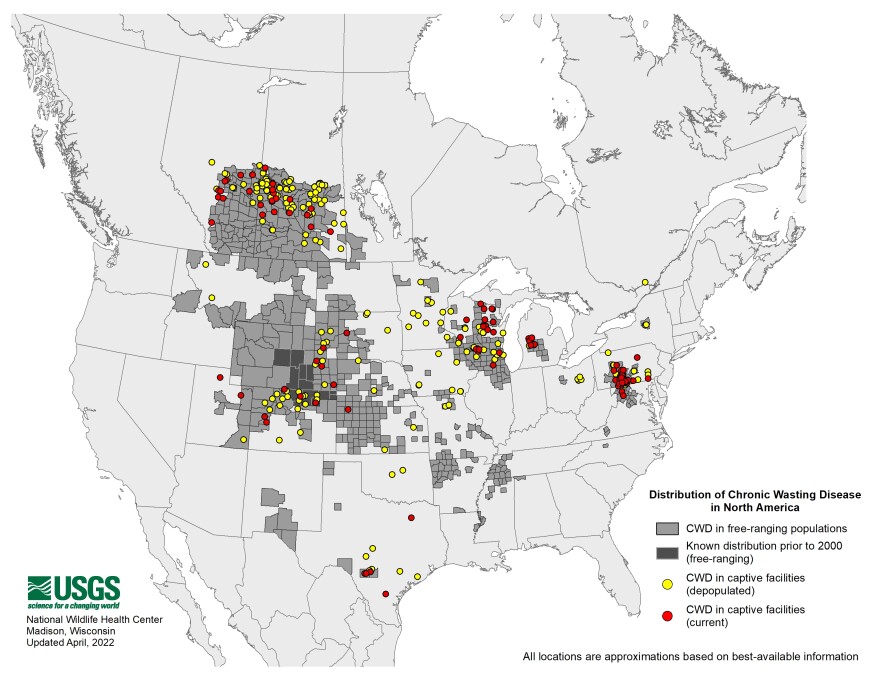As Colorado's big game rifle season approaches, state wildlife officials are ramping up monitoring of chronic wasting disease, which continues to spread in deer and elk populations around the state.
The deadly neurological disease has now reached a majority of Colorado's 54 deer herds and the state i s monitoring every one of them. In some parts of north and northeastern Colorado, one in every three deer have contracted the disease, according to Matthew Eckert, Colorado Parks and Wildlife's terrestrial programs supervisor.
The agency i s continuing its mandatory testing program this year – a critical monitoring tool that requires hunters to submit the heads of deer harvested from certain hunting units.
“This is a cooperative approach," Eckert said. "We don't know how to manage this disease yet anywhere in the world. Colorado is at the forefront and is best situated with the way our hunting structure is set up to identify the most effective approach for managing this disease.”
Results from the testing program, which began in 2017, show that infection rates among adult bucks is greater than 20% in about two dozen game management units across northern Colorado. It's far less prevalent in Colorado's elk herds.
“Once we get to high prevalence – like 30% or 50% – we're going to be losing a significant proportion of our herds,” Eckert said. “And at that point, some herds may not be able to sustain themselves. We want hunters to bring in their heads because it's contributing to science and our understanding of this disease over time.”
Chronic wasting disease is a prion disease, which means a protein becomes malformed in the body and kills nerve tissue. It infects deer for two years, and it can go undetected to the naked eye until the last few weeks of an animal's life. Some symptoms include drooling, standing still, drooping ears and head, and acting confused.

The epidemic among deer, elk and moose has spread around the Mountain West since it was first identified in wild populations in Wyoming in the '80s. It reached wild herds in Montana in 2017, and it was detected for the first time in Idaho last year.
This story was produced by the Mountain West News Bureau, a collaboration between Wyoming Public Media, Nevada Public Radio, Boise State Public Radio in Idaho, KUNR in Nevada, the O'Connor Center for the Rocky Mountain West in Montana, KUNC in Colorado, KUNM in New Mexico, with support from affiliate stations across the region. Funding for the Mountain West News Bureau is provided in part by the Corporation for Public Broadcasting.
Copyright 2022 KUNC. To see more, visit KUNC.



